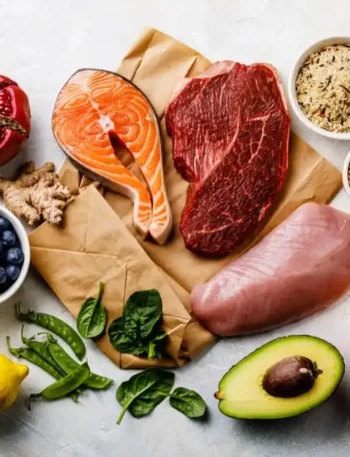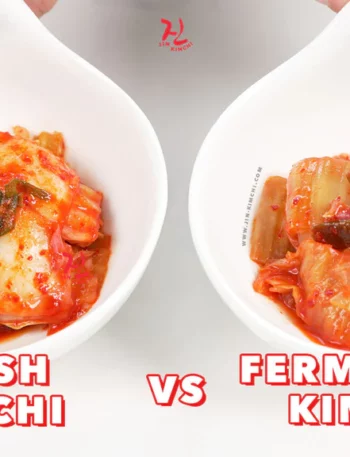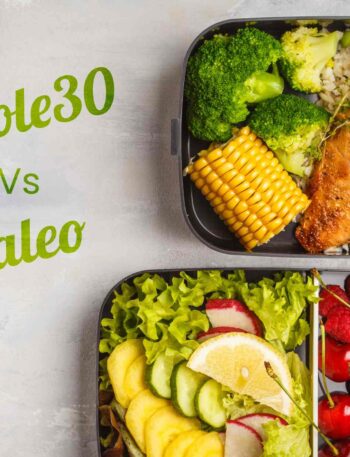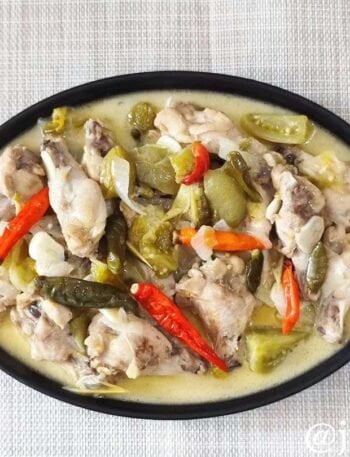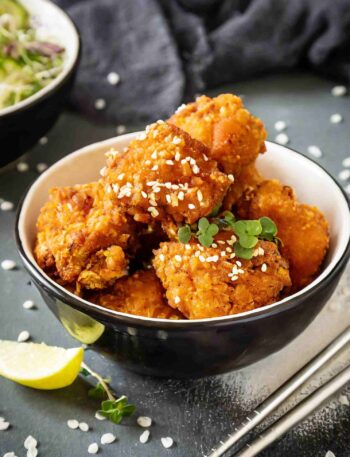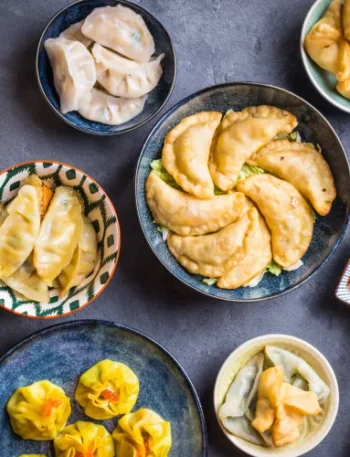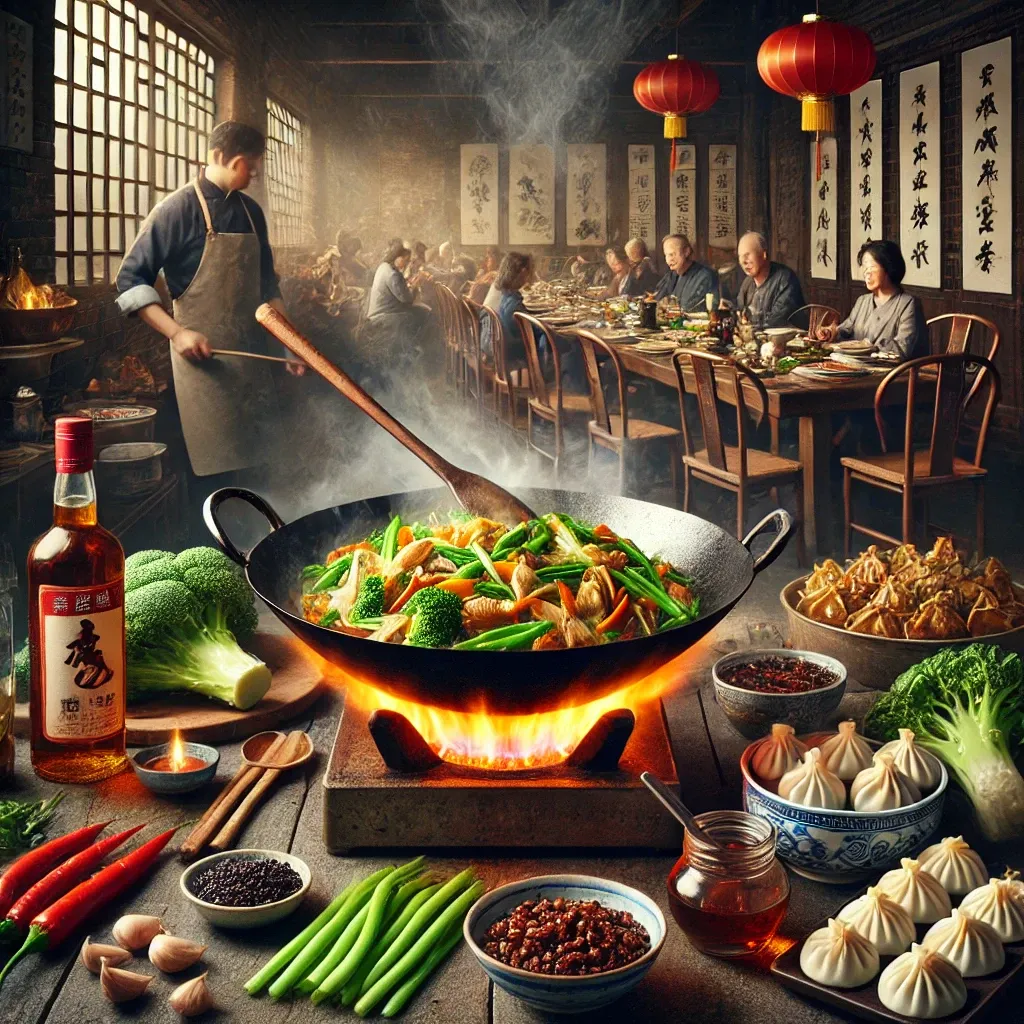
When you think of Chinese cuisine, your mind probably jumps to stir-fries, dumplings, or perhaps the ever-popular Peking duck. But what if I told you that the culinary wonders of China have secrets hidden beneath the surface, buried deep within generations of tradition, regional nuance, and masterful technique?
For centuries, Chinese cooking has been more than just a means to feed the body — it’s a spiritual art, a meticulous balance between flavor, health, and harmony.
The Soul of Chinese Cooking
It’s no exaggeration to say that balance is the cornerstone of Chinese cooking. But it’s not just about the balance of sweet and salty, or spicy and sour — though those elements certainly play their part.
In Chinese cooking, balance refers to the alignment of ingredients with nature itself. The ancient principle of Yin and Yang, for instance, is not just a philosophy of life, but one that directly influences how food is prepared and consumed.
According to traditional Chinese beliefs, Yin foods are cooling, associated with water, calmness, and night, while Yang foods are warming, associated with fire, energy, and day.
The trick? Creating dishes that bring these forces into harmony. So when you’re indulging in a hot bowl of Sichuan hotpot (a total Yang powerhouse), you’ll often find cooling sides like cucumber or tofu on the menu to soothe and refresh.
This concept might sound a bit mystical, but when you think about it, it’s not far off from how people instinctively eat lighter, fresher foods in the summer and hearty, rich meals in winter. The difference is that in China, this principle is deeply intentional.
The Art of Invisible Techniques
A lot of what makes Chinese cooking remarkable lies not just in what you see, but in what you don’t see — the invisible techniques that require years, sometimes decades, to perfect.
One such technique is wok hei, often translated as the “breath of the wok.” It refers to the slightly charred, smoky flavor that comes from flash-cooking ingredients in a well-seasoned wok over high heat. I
f you’ve ever tried to stir-fry at home and wondered why your dish lacks that distinct restaurant-quality flavor, it’s because you’re probably missing out on wok hei. And let me tell you, this isn’t something you can fake with a regular pan.
There’s also the delicate art of knife skills, something that’s often taken for granted in the West. In Chinese cooking, how you cut an ingredient is as important as the ingredient itself.
Thinly slicing vegetables allows them to cook quickly, preserving their texture and flavor while harmonizing with the rest of the dish. I once watched a chef slice a cucumber into a continuous, paper-thin spiral, and it wasn’t just for show — each slice absorbed just the right amount of sauce, ensuring that every bite was perfection.
A World of Regional Wonders
It’s impossible to talk about Chinese cooking without acknowledging its vast regional diversity. China is a country of over 1.4 billion people, spread across landscapes that range from subtropical to mountainous. Naturally, the cuisine is as diverse as its people.
You’ve got the fiery, mouth-numbing dishes of Sichuan, which rely on the tongue-tingling power of Sichuan peppercorns. Then there’s the gentle, subtle flavors of Cantonese cooking, where freshness and simplicity are key.
But the magic lies in how regional chefs have honed their craft, passing down family secrets from one generation to the next. Take the famous Dongpo pork, a dish from Hangzhou, which involves braising pork belly for hours in soy sauce, Shaoxing wine, and sugar until it melts in your mouth.
Legend has it that this dish was created by the Song dynasty poet and politician Su Dongpo, who mastered the art of slow cooking long before slow cookers were cool.
Fermentation
Now, here’s something you might not expect — Chinese cooking is a fermentation goldmine. From black bean paste to fermented tofu (often called “stinky tofu” because of its, let’s say, pungent aroma), fermentation adds a layer of umami that’s almost impossible to replicate with anything else.
These fermented ingredients are like culinary time capsules, preserving flavors that deepen and intensify with age.
Fermented black beans, for example, pack a salty, funky punch and are used in everything from stir-fries to sauces. They’re an essential ingredient in iconic dishes like black bean chicken and are responsible for that distinctive earthy flavor that makes you wonder what kind of wizardry just hit your taste buds.
And don’t even get me started on Shaoxing wine — it’s been a kitchen staple for over 2,000 years, giving dishes an aromatic depth that’s as essential to Chinese cuisine as olive oil is to Mediterranean cooking.
The Emotional Connection to Food
At the end of the day, Chinese cooking isn’t just about mastering flavors and techniques. There’s a deep, emotional connection to food that transcends generations. Cooking in Chinese households is often about respect for family — many recipes are passed down with pride, tweaked ever so slightly by each new generation.
Meals are often communal, served family-style, where each dish represents not just a flavor but a memory, a relationship, a story.
I remember eating a simple dish of steamed fish with my friend’s family. On the surface, it looked like nothing special — just fish with ginger, scallions, and soy sauce.
But as we sat down together, I learned that this was the dish their grandmother had made every Chinese New Year.
It wasn’t just about the taste; it was about the comfort of tradition, the warmth of being surrounded by loved ones. The simplicity of the dish was deceptive because the emotion behind it was anything but simple. It was profound.
Chinese cooking is an ever-evolving journey. While some secrets are revealed over time, others remain hidden in plain sight, waiting for those with patience, passion, and curiosity to discover them.
So, next time you sit down for a plate of kung pao chicken or a bowl of wonton soup, know that there’s more to it than meets the eye. You’re tasting centuries of wisdom, technique, and tradition, served up in every bite.
In the words of an old Chinese proverb, “To the ruler, the people are heaven; to the people, food is heaven.” Food isn’t just sustenance — it’s sacred. And if you’re willing to dive deeper, you might just find a few secrets of your own tucked away in the folds of dumpling dough or hidden beneath the smoky aroma of a well-fired wok.


